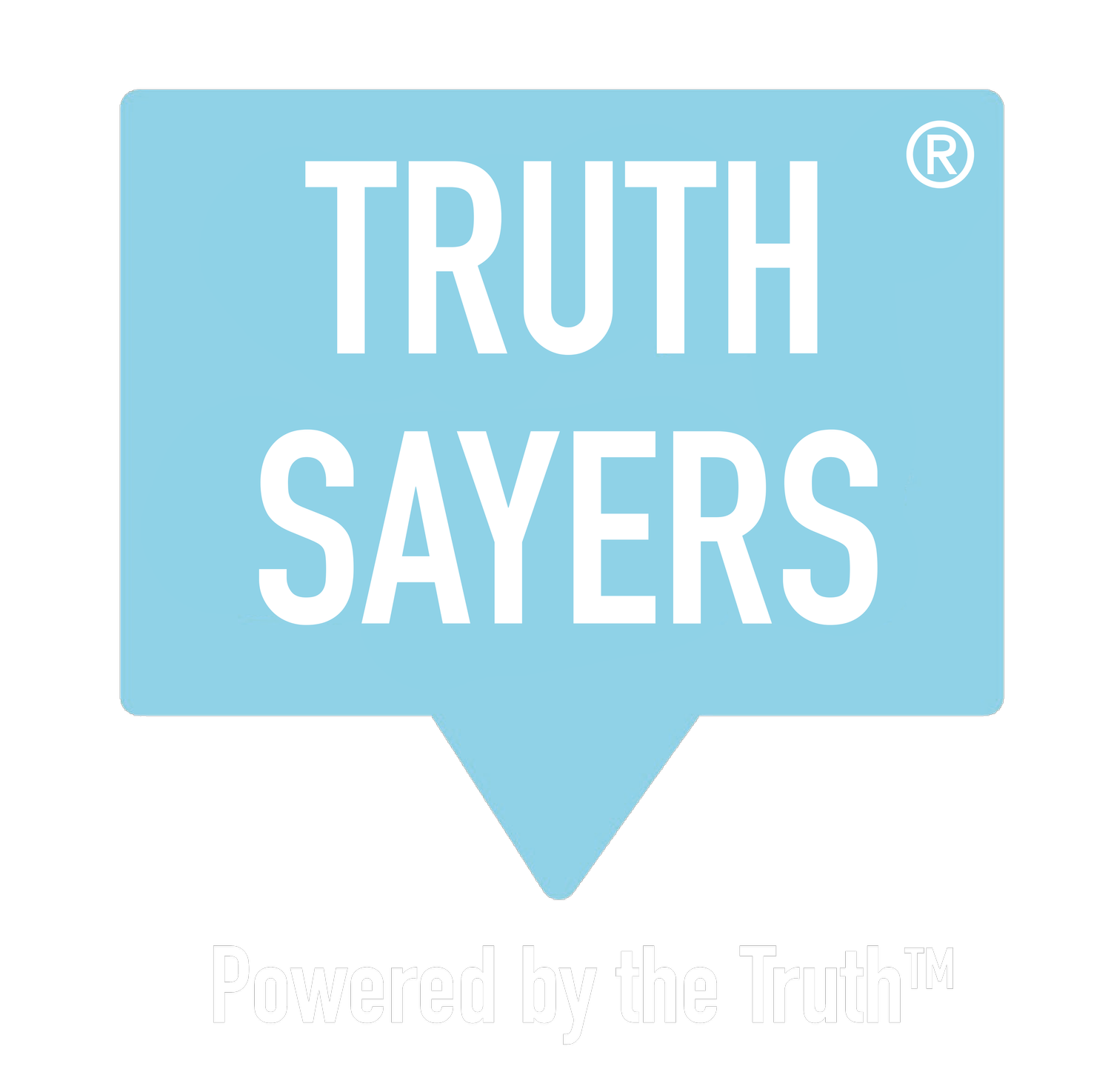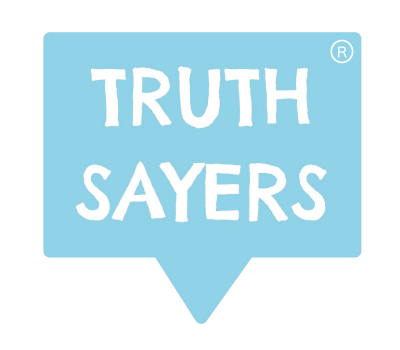How Neuroscience is Going Mainstream…
and Why You Need to Get Onboard
The neurotech revolution is upon us. Savvy business leaders have realised that making smart, high-impact decisions requires a new kind of insight, that only now is available to them. They’re using neuroscience-based methods to measure the unbiased, unmoderated sentiments of their customers, employees and suppliers, and then they’re making more incisive, laser-guided decisions because of it.
If you haven’t yet looked at neuroscience and its potential impact to your business, then now is the time. Read on.
The practical reality
Not that long ago, applying neuroscience meant white coats, shoving people in multi-million pound magnets (fMRI machines), in lead-lined rooms and sticking dozens of gel covered electrodes on people’s heads. In other words: not practical, not pleasant and completely unrealistic for any business, let alone one with thousands of employees on several continents. It couldn’t be done conveniently and at scale, but still some big brands used these methods in consumer marketing and paid a hefty price for the privilege to maintain their competitive advantage.
But like any industry that is enabled by advances in technology, the world has moved on to welcome democratisation as ‘neurotech’ (neuroscience-technology). Let’s equate it to the mobile phone – remember when the battery pack was bigger than your head and you needed a weightlifter’s bicep to hold the device to your ear? And now you can get a mobile phone that fits on your wrist as a watch. Neurotech is going the same way – the technology has been miniaturised and virtualised such that it works on almost any device (laptops, tablets and smartphones) from anywhere in the world. Businesses can now deploy it at the click of a mouse button, with no white coats and no electrodes.
Why you need to get on board
Once we can connect at an emotional level with the our employees, we can begin to understand what they feel strongly about, what matters to them and what they really need, not just what they say they need. Neuroscience has taught us that our conscious brain only communicates a fraction of the thoughts, feelings, ideas and choices that we make every day so communicating only with the conscious brain will only ever give you a small part of the picture. It can be hard to share the true feelings that we conceal from public view, but neurotech solutions make it easy. By capturing feelings in our non-conscious brain before our conscious awareness has registered them, we avoid potentially feeling exposed or vulnerable.
Of the decisions we make everyday, 95% happen in our non-conscious mind, without us even knowing.
How to find out what your people truly feel
Analytics programmes like WhatOurPeopleFeel are storming the market with their simple and quick to design, configure and launch neurotech solutions. Thanks to the power of this type of neurotech platform, industry leaders are accessing sophisticated analytics that provide holistic insights into the drivers and blockers for their teams, connecting at a deep, emotional level with what really matters to their people, what they really need and how they truly feel. Armed with this knowledge, leaders have been able to implement precise actions that have accurately targeted the concerns and problems their people are facing, exponentially improving performance and productivity. Through empowering teams with a sense of purpose, leaders can unlock the potential of their people to be creative, to innovate and to propel the business forwards.
“The most successful philosophy driving good business decisions embeds profit, alongside the planet, people, and purpose.”


